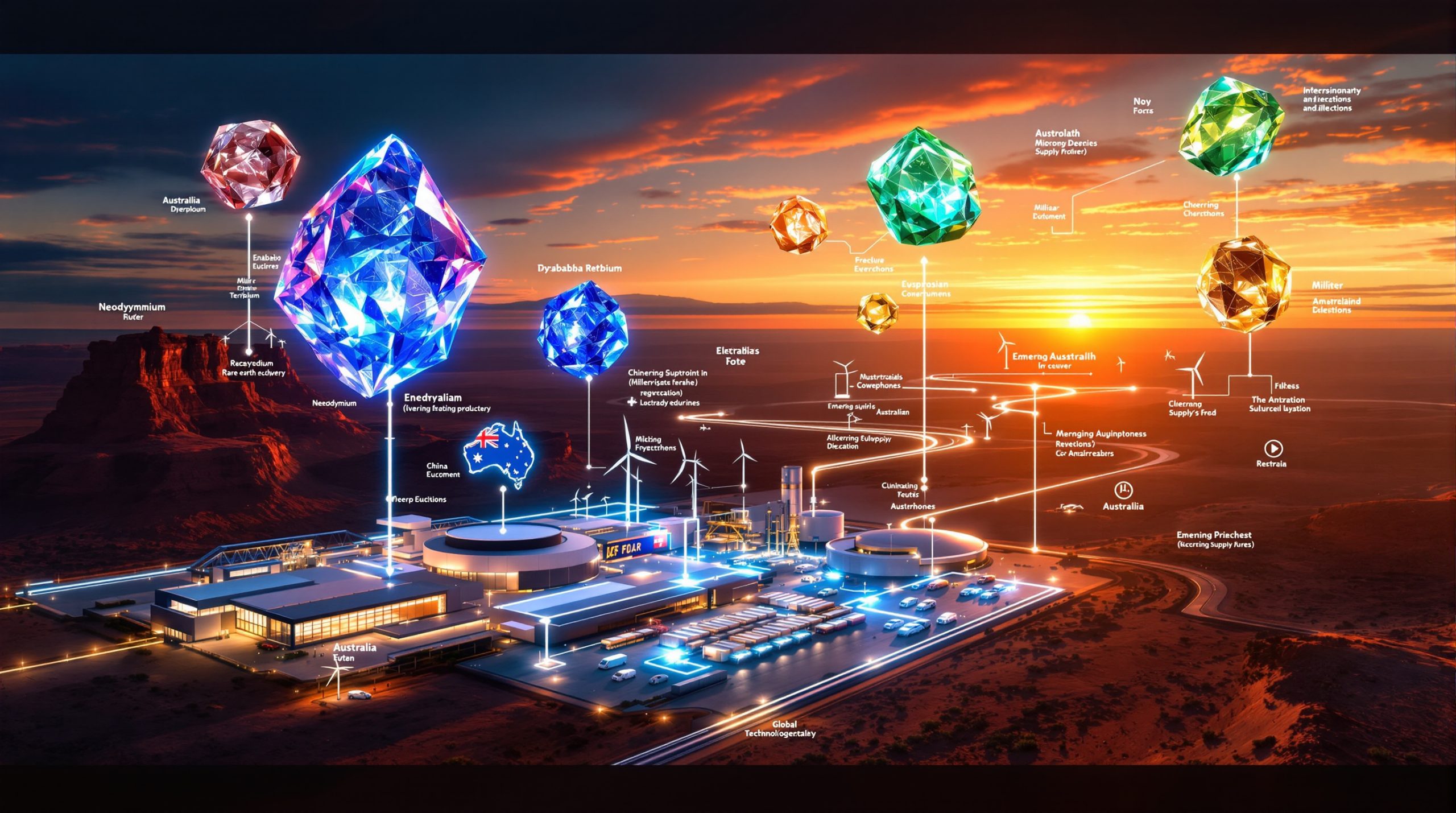Pure Electric Vehicles in China: Market Resurgence and Technology Breakthroughs
Pure electric vehicles (BEVs) have regained dominance in China's automotive market, driven by plunging lithium prices, breakthroughs in battery technology, and shifting consumer preferences. First-quarter 2025 sales of BEVs surged 48% year-over-year to 1.93 million units, reclaiming a 63% share of total EV deliveries—a notable rebound from mid-2024 lows. This resurgence reflects a confluence of economic and technological factors: lithium carbonate prices, critical for battery production, have fallen to one-ninth of their 2022 peak, eroding the cost advantage of hybrid vehicles. Simultaneously, innovations like Contemporary Amperex's fast-charging batteries, unveiled at the 2025 Shanghai Auto Show, have alleviated range anxiety, enabling BEVs to achieve up to 500 km per charge. As Chinese manufacturers like BYD expand their global footprint, these developments position China not only as the world's largest EV market but also as a harbinger of worldwide electrification trends.
Why Are Pure Electric Vehicles Regaining Popularity in China?
The Market Shift Toward BEVs
The resurgence of BEVs marks a reversal from 2024, when hybrids temporarily gained favor. In Q1 2025, BEV sales reached 1.93 million units, outpacing plug-in hybrids (PHEVs), which grew 46% to 1.15 million units. This shift reflects renewed consumer confidence, as noted by UBS analyst Paul Gong: "Growing interest in BEVs this year signals a maturation of battery technology and infrastructure". The BEV market share rebounded to 63% of EV deliveries, up from 53% in July 2024, as charging networks expanded and battery costs plummeted.
Economic Factors Driving Adoption
Lithium carbonate prices, which peaked at over 500,000 yuan/tonne in 2022, collapsed to 55,000 yuan by early 2025. This 89% decline slashed battery pack costs, narrowing the price gap between BEVs and extended-range EVs (EREVs). Previously, EREVs held a 10% cost advantage due to smaller batteries, but BEVs now compete aggressively in the 150,000–300,000 yuan segment. Recent lithium market trends have further bolstered affordability, with the average BEV price dropping 18% since 2023. Government subsidies and tax incentives have also played a crucial role in making pure electric vehicles in China more accessible to the average consumer.
How Do Battery Technologies Impact China's EV Market?
Advancements in Battery Technology
Contemporary Amperex's 4C fast-charging battery, showcased in Shanghai, exemplifies China's technological edge. This innovation enables a 400-km range on a 10-minute charge, addressing a key consumer concern. Energy density improvements—now exceeding 300 Wh/kg—have extended maximum ranges to 500–700 km, rivaling traditional internal combustion engines. The advancement in direct lithium extraction techniques has also contributed to more efficient battery production. Solid-state battery prototypes, though not yet commercialized, promise further leaps, with CATL targeting 500 Wh/kg by 2026.
Comparison: Pure EVs vs. Hybrid Vehicles
While PHEV sales remain robust, their growth rate lags BEVs for the first time since 2023. EREVs, which use small combustion engines to recharge batteries, face diminishing relevance as BEV charging times decrease. Analysts note that BEVs now offer lower total ownership costs over five years, even in regions with intermittent charging access. BYD's decision to phase out EREV production in favor of BEVs underscores this trend. Furthermore, Australia's lithium ambitions could potentially influence the global supply chain for these batteries.
What Does China's EV Market Leadership Mean Globally?
China's Position in the Global EV Landscape
China accounted for 58% of global BEV sales in 2024, a figure projected to rise to 65% by 2026. Domestic brands like NIO and Xpeng are leveraging economies of scale to penetrate European and Southeast Asian markets, often undercutting Western rivals by 20–30%. The 2025 Shanghai Auto Show highlighted this dominance, with 80% of exhibitors being Chinese EV manufacturers. The ongoing battery metals boom has been particularly beneficial for Chinese manufacturers who have secured reliable supply chains.
Investment and Manufacturing Implications
CATL's $5 billion investment in cobalt-free lithium iron phosphate (LFP) batteries has reshaped global supply chains, reducing reliance on conflict minerals. Auto manufacturers are retooling factories for BEV-exclusive platforms; for example, Geely's Hangzhou plant now produces 300,000 BEVs annually using modular architectures. According to the Chinese electric vehicle industry, these strategies align with Beijing's "New Energy Vehicle Industry Development Plan," aiming for 40% EV penetration by 2030. Efforts toward decarbonisation in mining also contribute to making pure electric vehicles in China more environmentally sustainable.
Future Outlook for China's Pure Electric Vehicle Market
Technological Innovation Pipeline
CATL's condensed matter battery, slated for 2026 release, targets 500 Wh/kg energy density—double current standards. Sodium-ion batteries, 30% cheaper than lithium-based alternatives, will debut in compact EVs by late 2025. Huawei's 800V ultra-fast charging platform, capable of adding 200 km in 5 minutes, is being integrated into Seres and Aito models.
Market Projections and Consumer Trends
BERG Insight forecasts 35 million BEV sales in China by 2030, driven by rural electrification programs and battery-swapping networks. The secondary market is also accelerating, with used BEV prices stabilizing at 60–70% of original value after three years—a 15-point improvement since 2022. Consumer surveys indicate 73% of urban buyers now prioritize BEVs for environmental reasons, up from 54% in 2023. Chinese brands like Zeekr continue to expand their market presence both domestically and internationally.
FAQ About Pure Electric Vehicles in China
How much have pure electric vehicle sales grown in China?
BEV sales reached 1.93 million units in Q1 2025, a 48% year-over-year increase, outpacing the overall EV market growth rate of 47%.
What caused the previous decline in BEV market share?
In mid-2024, BEVs hit a 53% market share low as consumers favored hybrids during lithium price volatility. EREVs' lower upfront costs and fuel flexibility appealed to budget-conscious buyers.
How has the lithium price affected electric vehicle affordability?
Plummeting lithium prices reduced battery costs by 62%, enabling a 25% price cut for entry-level BEVs like the Wuling Hongguang Mini EV.
Conclusion
China's BEV resurgence underscores a strategic alignment of technological innovation, resource economics, and policy foresight. With battery breakthroughs rewriting performance benchmarks and lithium's collapse democratizing access, the stage is set for BEVs to dominate not just China but global markets. As charging infrastructure matures and second-life battery programs gain traction, the ecological and economic arguments for pure electric vehicles in China are becoming irrefutable. For automakers and policymakers worldwide, China's trajectory offers both a blueprint and a challenge: adapt swiftly or risk obsolescence in the electric era.
Ready to Capitalise on the Next Major Shift in EV Markets?
Don't miss investment opportunities created by China's EV revolution and battery technology breakthroughs. Visit Discovery Alert's discoveries page for insights on how significant market developments can deliver substantial returns, powered by the proprietary Discovery IQ model that transforms complex market signals into actionable investment intelligence.




